Vehicles are crucial for transportation, and a reliable vehicle can ensure that you reach your destination on time and without any unexpected breakdowns. It is especially important for those who have to travel long distances or have to travel for work. A reliable vehicle is less likely to break down unexpectedly, which means that you are less likely to find yourself stranded in an unsafe or unfamiliar location. A well-maintained vehicle also reduces the risk of accidents caused by faulty brakes or other mechanical issues.
When it comes to reliable vehicle convenience for individuals with handicaps, there are several factors to consider. Here are some key points to keep in mind:
Accessibility features:
Look for vehicles that offer accessibility features such as ramps or lifts, wide door openings, and low floor heights to accommodate wheelchair users or individuals with mobility challenges. Some vehicles may also have kneeling capabilities that lower the suspension to facilitate easier entry and exit.
Adaptability:
Consider vehicles that can be easily modified or adapted to meet specific accessibility needs. This may include adding hand controls for individuals with limited mobility in their legs, installing wheelchair restraint systems, or customizing seating arrangements.
Spaciousness:
Opt for vehicles with ample interior space to accommodate mobility aids, such as wheelchairs or scooters. This includes sufficient headroom, legroom, and cargo capacity.
Ease of operation:
Look for vehicles with user-friendly controls and interfaces, including accessible steering wheel controls, adjustable seats, and intuitive dashboard layouts. Automatic transmissions and power steering can also enhance ease of operation.
Safety features:
Prioritize vehicles with advanced safety features like anti-lock braking systems (ABS), stability control, traction control, and airbags. Additionally, features like backup cameras, blind-spot monitoring, and parking sensors can assist individuals with reduced mobility or visual impairments.
Reliability and durability:
Choose vehicles from reputable manufacturers known for producing reliable and durable models. Research the vehicle’s maintenance record, read reviews, and consider factors like warranty coverage and dealer service availability.
Comfort and convenience:
Look for features that enhance comfort and convenience, such as adjustable seating, climate control, power-operated doors and windows, keyless entry, and infotainment systems with voice-activated controls.
Consultation with professionals:
It’s advisable to consult with mobility specialists, occupational therapists, or other professionals who have expertise in assisting individuals with handicaps. They can provide personalized recommendations based on specific needs and abilities.
Remember that the specific requirements for a reliable vehicle convenience for handicaps may vary depending on individual needs and preferences. It’s important to assess each person’s situation and consult with relevant experts to ensure the best possible solution.
Best Car-Free Transportation For Handicaps
Apart from cars, there are several other transportation options available for individuals with handicaps. Here are some alternatives to consider:
Wheelchair-accessible vans:
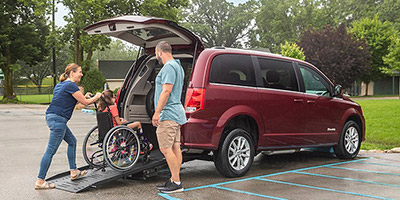
Wheelchair-accessible vans, also known as wheelchair vans or mobility vans, are vehicles specially designed to accommodate individuals who use wheelchairs or have limited mobility. These vans offer a range of features and modifications that make transportation more accessible, convenient, and comfortable for people with disabilities.
These specially designed vans provide ample space and features to accommodate wheelchair users. They typically have ramps or lifts, lowered floors, and securement systems to ensure safe transportation.
Public transportation:
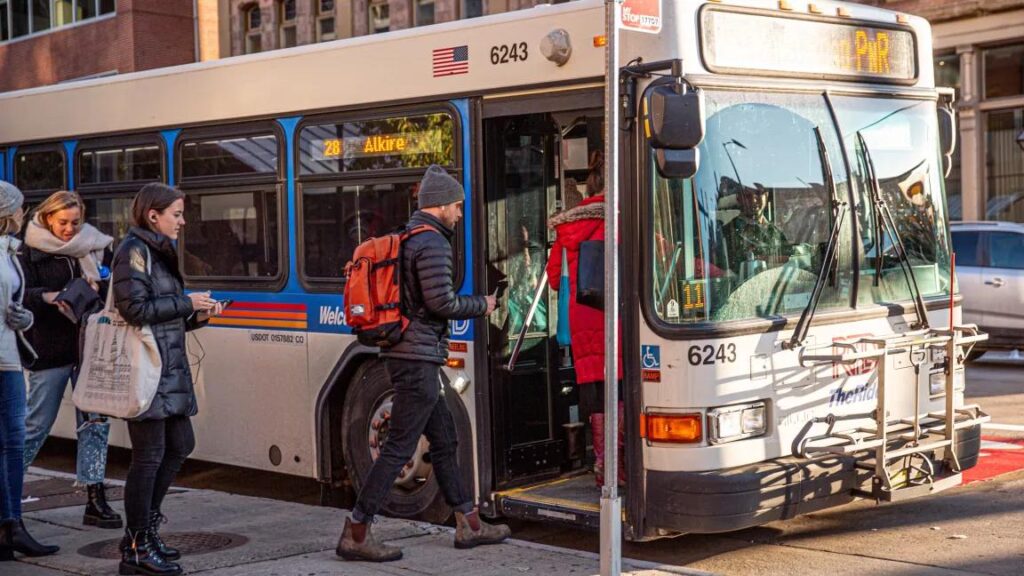
Public transportation plays a vital role in ensuring equal access and mobility for all members of society. In particular, providing comprehensive services for individuals with disabilities is crucial to promote inclusivity and independence. Public transportation services tailored to the needs of handicapped individuals aim to remove barriers, enhance accessibility, and enable seamless travel experiences.
Many cities and towns offer accessible public transportation options such as buses and trains equipped with ramps or lifts, designated seating for individuals with disabilities, and audio/visual announcements for passengers with visual or hearing impairments.
Taxis and rideshare services:

Taxis and rideshare services play a vital role in providing transportation options for individuals with disabilities. These services offer convenient and accessible transportation solutions, allowing people with handicaps to travel safely and independently.
Some taxi companies and rideshare services have vehicles that are wheelchair-accessible. They can be booked in advance or through mobile apps, providing convenient transportation options for individuals with handicaps. These services have made significant efforts to improve accessibility and inclusivity, offering wheelchair-accessible vehicles and training drivers to assist passengers with disabilities.
Paratransit services:
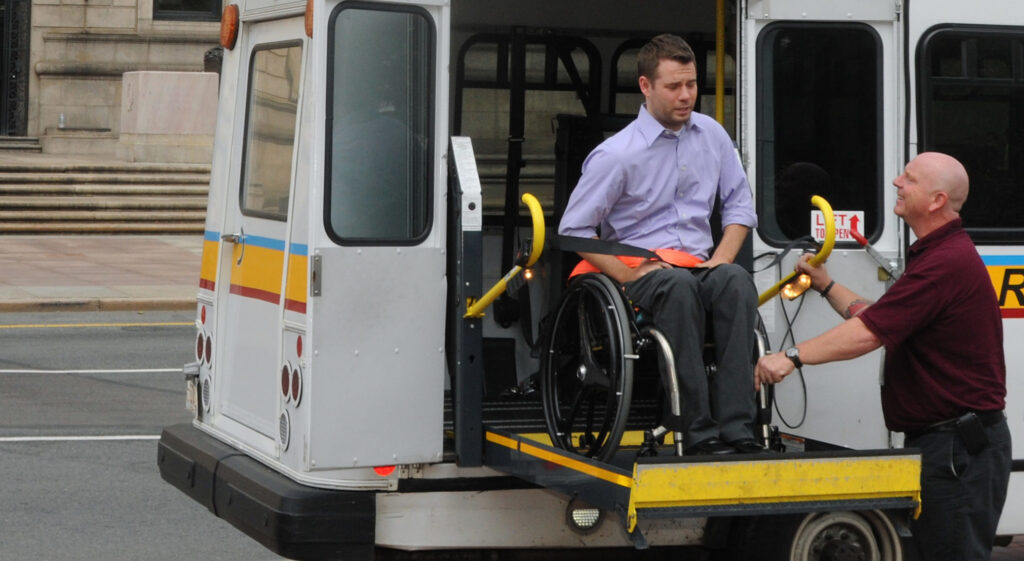
Paratransit services, also known as demand-responsive or specialized transportation, are designed to cater to the transportation needs of individuals with disabilities or mobility challenges. These services play a vital role in ensuring that people with handicaps have access to reliable and accessible transportation options, allowing them to lead independent and fulfilling lives.
Paratransit services are specialized transportation services designed for individuals with disabilities who are unable to use regular public transportation independently. These services operate door-to-door or curb-to-curb, providing personalized transportation for specific needs.
Community transportation programs:
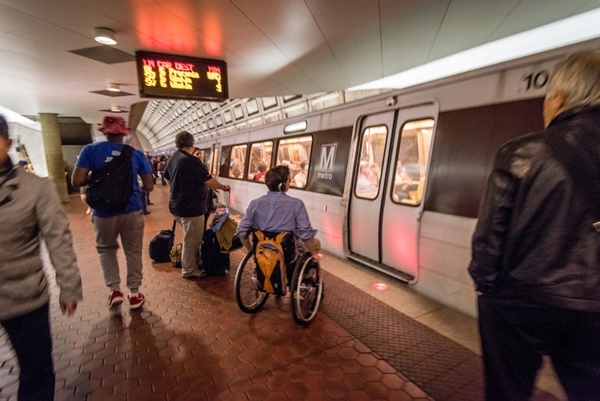
Community transportation programs for individuals with disabilities play a crucial role in ensuring equal access to transportation services. These programs aim to provide safe, reliable, and inclusive transportation options for people with handicaps, allowing them to maintain their independence, participate in community activities, and access essential services.
Many communities have transportation programs specifically tailored for individuals with handicaps. These programs may offer shuttle services, volunteer drivers, or specialized transportation vouchers to help people with disabilities access essential services and activities.
Electric mobility devices:
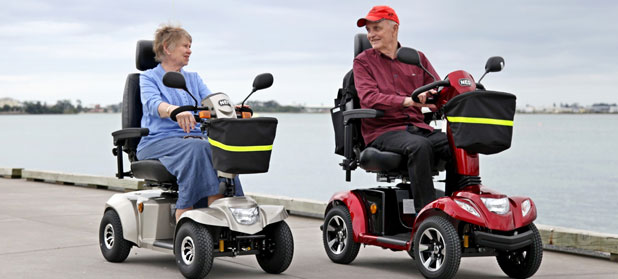
Electric mobility devices have emerged as a sustainable and practical solution for short-distance travel in urban areas. With their compact size, eco-friendly operation, and versatility, these devices provide individuals with an efficient and enjoyable means of transportation. As technology continues to evolve, we can expect further innovations and improvements in the realm of electric mobility, enhancing our mobility options while reducing our impact on the environment. Electric wheelchairs or power scooters can provide individuals with greater mobility and independence, allowing them to navigate both indoor and outdoor environments more easily.
Walking aids:

For individuals with limited mobility who can still walk short distances, walking aids such as canes, crutches, or walkers can be useful for getting around. Walking aids are devices designed to provide support, stability, and assistance to individuals with handicaps who have difficulty walking or maintaining balance. These aids help enhance mobility, independence, and overall safety.
It’s important to select the appropriate walking aid based on the individual’s specific needs, abilities, and recommendations from healthcare professionals. Proper fitting and training on how to use the walking aid safely are crucial. Occupational therapists or physical therapists can provide guidance on selecting the right walking aid and offer training to ensure proper use and maximize the benefits of the device.
It’s essential to assess the specific needs and capabilities of the individual to determine the most suitable transportation option. Local disability organizations, community resources, and healthcare professionals can provide further guidance and information on available transportation services in a specific area.















